Pen Care
Cleaning Frequency For Fountain Pens
A fountain pen should be cleaned after every second filling of either ink from a bottle or cartridge, this may seem excessive but it will prevent clogging. Which means, if you use the pen and you replace the cartridge, insert another and then run out, clean the fountain pen before you install the third cartridge or fill from an ink bottle. This may seem to be quite annoying, but if you want your fountain pen to function well and last then the inconvenience is well worth it.
Use Cold Rinse Only & Clean Water!
Fountain pens should only be cleaned with clean, cool water. If you are a purist like me then you will clean your fountain pens with distilled water. Never, never under any circumstance should you ever clean your fountain pen with warm or hot water as it will most likely result in damaging the feed of the pen. If you find that your pen is excessively dirty, a small teaspoon of ammonia can be added to the water to soak the nib section overnight. Do not, do not use any alcohol or solvents as these will again damage your pen!
Flushing out the Nib
Flush the nib section with water until it runs very clear. You may use the faucet's power or you may use a ear syringe and force the water through, this is very effective since it gives more force and cleans the nib out allot better, but make sure you do not use excessive pressure that may cause damage!
Drying After Cleaning & Flushing
After cleaning and flushing, cover the nib section with a soft dry cloth and shake it a few times to clear the water out. Leave the nib wrapped in the cloth overnight to allow it to dry out properly. In the morning just refill your fountain pen with ink and it is ready to use! If your pens are piston fed types (only bottled ink can be used) you can soak your pens first in water then suck fresh water into the chamber and flush out the water, do this a number of times until the water is clear in color.
Storing Your Fountain Pen
Never store your fountain pen lying down. The ink will coagulate and dry in the nib section and make it difficult for the ink to flow and for the pen to write properly. Keep your pen capped with the nib pointed up at all times when not in use. Toothbrush holders work great. If you are not going to use your pen for a week or more, remove the ink or remove the cartridge completely.
Celluloids
Italy produces most of the world's celluloid pens. Celluloid is very durable since the bars used to make the pens are of a solid resin. It is still possible to chip and crack them if they are abused. A soft cloth is all that is needed to clean them to produce a lustre.
Sterling Silver
Cleaning: Hard Metals
Platinum, palladium, rhodium, stainless steel and chrome: These finishes will not generally tarnish and remain "mirror like". Whilst they can show scratches and wear, they are much more durable than Sterling and/or silverplate. A soft cloth is needed and used remove fingerprints and dirt.
Cleaning: Lacquers
Lacquers are quite durable, especially "Chinese Lacquer" that S.T. Dupont uses on their pens. You should only use soft cloths to clean these pens, never any abrasive cleaners or chemical compounds which will damage the Lacquer finish. As with any painted or lacquered item, surface chips may occur if the pen strikes a hard/sharp surface, so be careful.
Cleaning: Fine Resins
This material gives many pens like Mont Blanc's precious resin pens their light weight, which some people seem to prefer. However this also makes them quite vulnerable to cracks and breakage if dropped or abused, they need tender care. They will also show slight scratches in the barrel over time, especially with dark colors. Care must be taken. at all times A soft cloth can be used to clean and polish resin pens. A good rule of thumb is to invest in a leather pen case to help protect such pens.
Wood Pens
If your pen is made from natural wood some care must be taken to maintain the beauty and the longevity. Don't leave your pen exposed to sunlight and high temperature extremes as this can damage or destroy your writing instrument and the wood. Treat it as you would any fine, delicate instrument, even though it can last a lifetime of use it will not tolerate abuse. Never use cleaning fluids or any abrasive cleaning substances on any part of your fountain pen. The fluids and abrasives can and will damage the fine finish of the wood. If you wish to have a fine sheen, use only high quality polish for wood.
Do care for your writing instrument the way you would any fine wooden product. Protect it with a light coat of good furniture paste wax designed for wooden products. After proper drying, buff with a soft, clean cloth to bring out the sheen.
Do keep your pen from extremes of temperature - heat and cold. Both are enemies of wood. Some woods are very temperature sensitive and may split or develop cracks from extremes of heat and cold.
Do use your pen. It is designed to be written with not placed in a drawer.





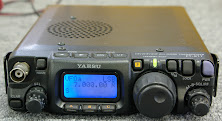


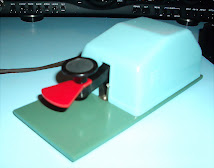






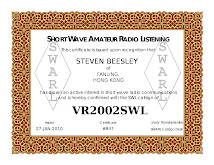



















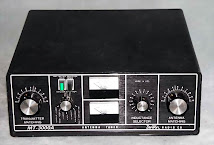
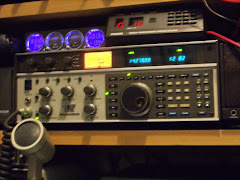
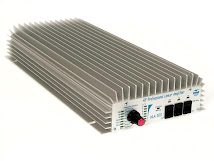
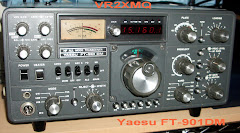

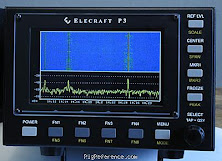






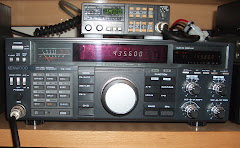
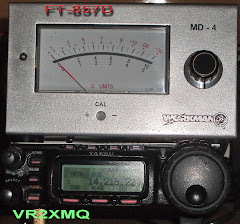





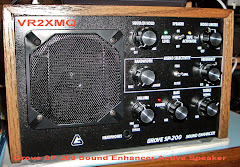


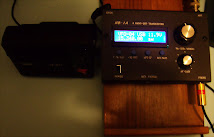


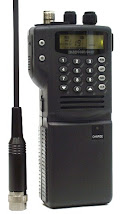
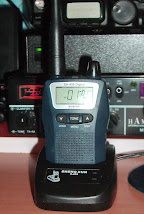
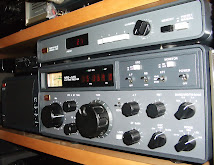


















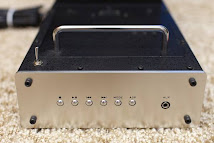
















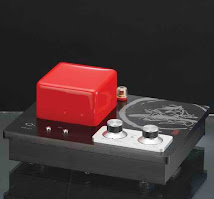








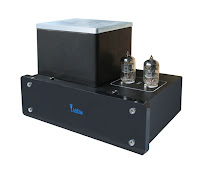

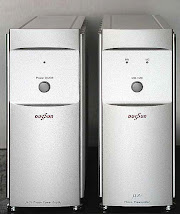



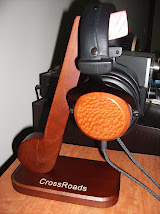






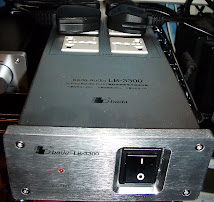
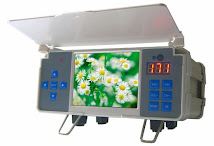

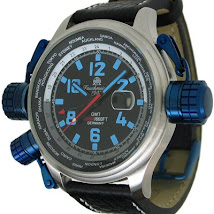




























No comments:
Post a Comment